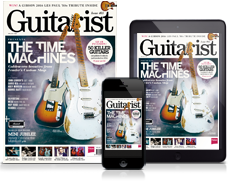Al Di Meola's 10 tips for guitarists
Sage advice from the fusion king
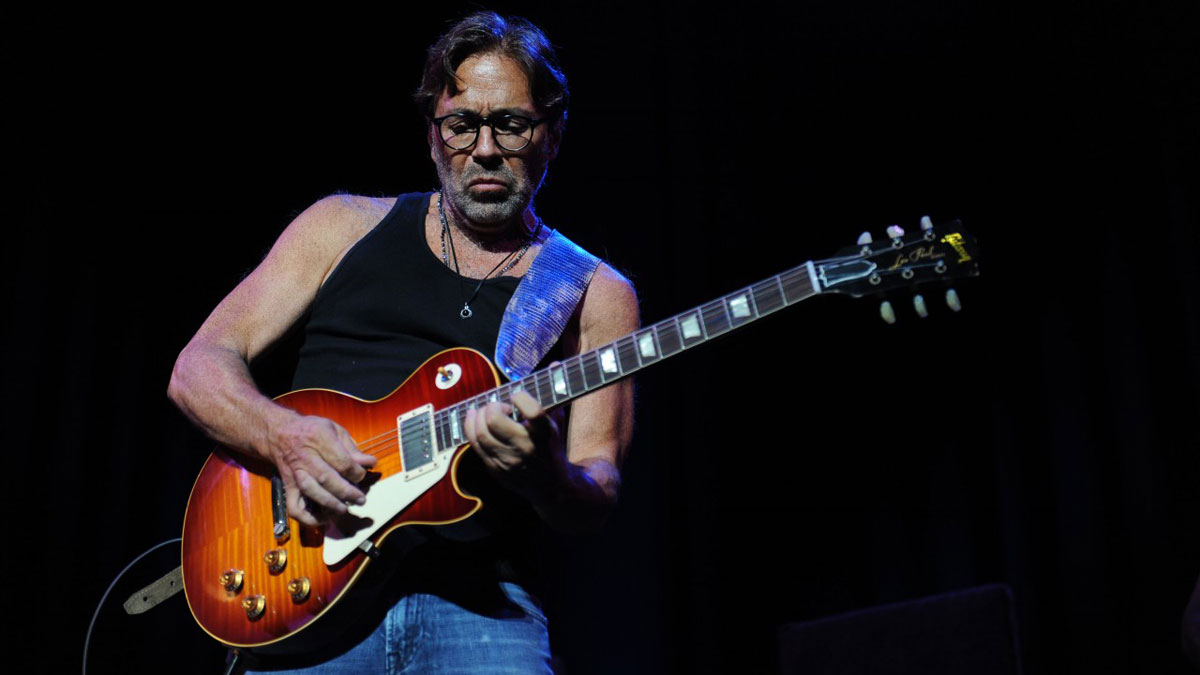
Introduction
He’s the king of fusion guitar and few players wield a Les Paul with such precision. We join Al Di Meola to find out why rhythm is the soul of style...
Back in the 1970s, Al Di Meola was the pace-setter for what was possible on the electric guitar in terms of outrageously proficient chops and heavy calibre electric tone.
Since then, the New Jersey native has found other musical pathways to explore in his quest for guitar enlightenment. The most notable of these has been his move into acoustic guitar, but it should hardly have surprised anyone, as rhythmic invention has always been the engine of his style.
The release of Al’s latest album, Elysium, sees his playing come full circle, with a blend of lyrical acoustic and incisive electric parts - and he’s even picked up that old black Les Paul Custom again. We joined him to get his take on what really matters on guitar.
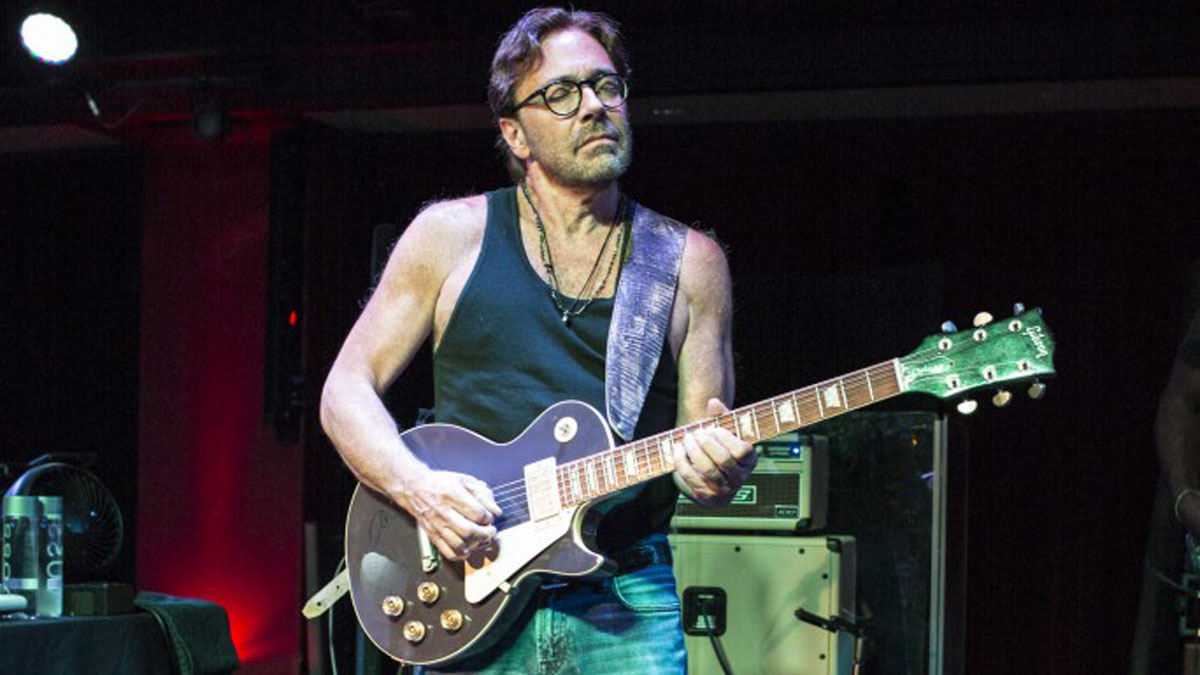
1. Get into jazz early
“My first guitar teacher was so versed in jazz and allowed me to explore and also develop to know what I wanted to learn.
Larry Coryell was the first one to bring those elements of rock and jazz together in the studio
“His name was Bob Aslainian: he had great technique, he had great knowledge of scales and chords and chord substitutions and all that.
“I was getting into this stuff early on, whether I liked it or not - and that helped shape me. And then in my mid-teen years, my big inspiration was discovering Larry Coryell, whose playing brought together rock and jazz.
“He was the first one to bring those elements of rock and jazz together in the studio, and later on he became a good friend.”
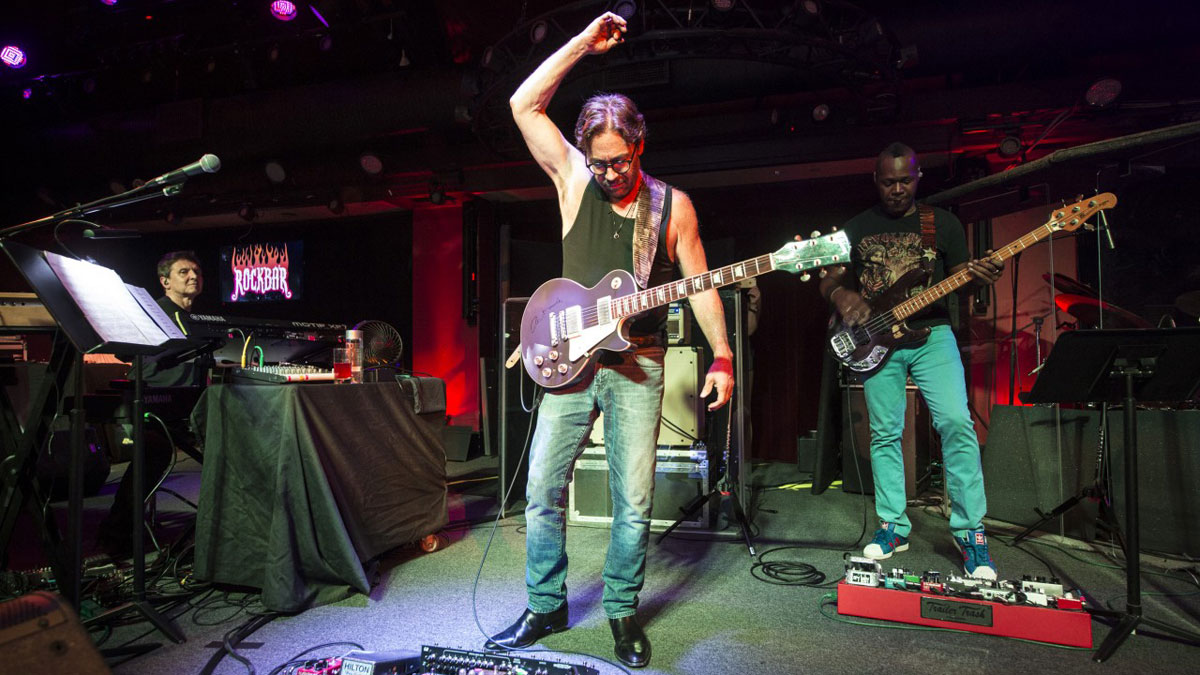
2. Take notes from tango
“I was always drawn to players who had great articulation and rhythmic sense like Chick Corea had in the beginning. But the most important step forward in my playing came from my friendship with [Argentinian Tango musician] Astor Piazzola.
His ability to run the gamut of all kinds of emotions had a big influence on me
“That really took me to another level as a composer. His ability to run the gamut of all kinds of emotions had a big influence on me because it was less of a cerebral thing and more of a sentimental music - but not at the expense of the intellect of the music: for me it was stimulating both ways.
“Whereas fusion music and a lot of jazz became purely intellectual and not much of it ever was really touching the heart. So that early influence of Piazzola really informed my musical attitude.”
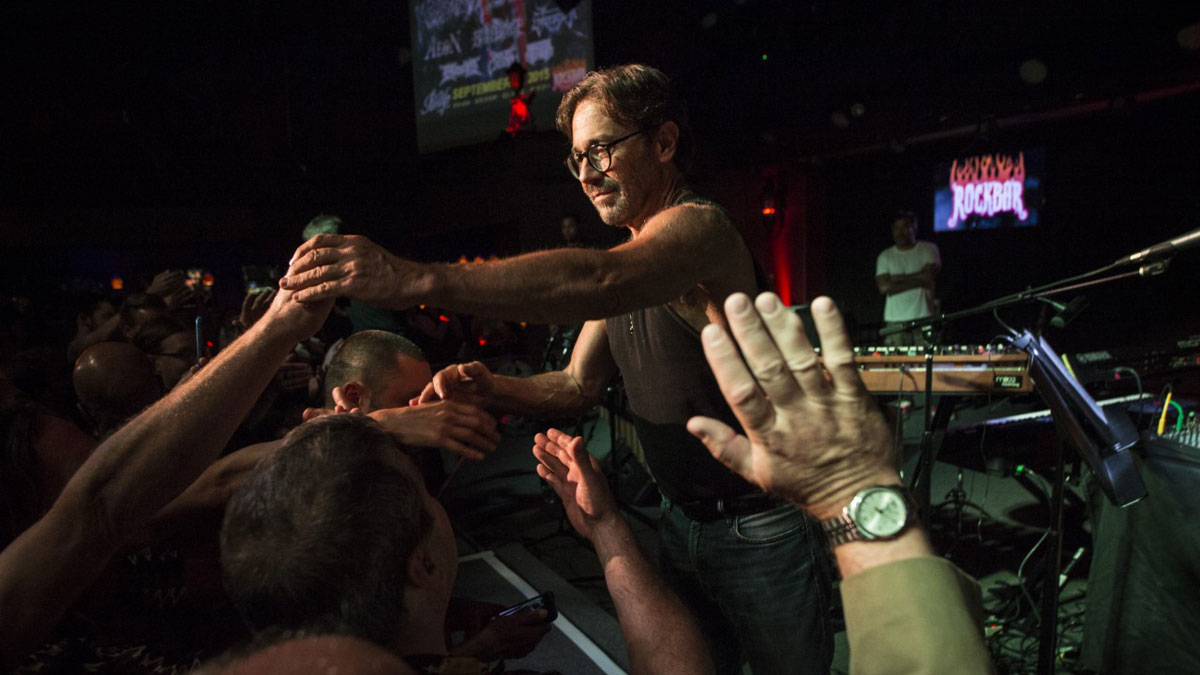
3. Rhythm is king
“I was highly influenced by percussion and drums. Those were really my first loves and all through school I didn’t pay attention so much and constantly I was tapping my fingers on the top of the desk while keeping a steady quarter-note 4/4 with my foot under the desk - and I would practise playing counter-rhythms against my foot.
I would hang in Latin clubs in New York and just absorb most of the salsa stuff that was going on
“And I would do this all day, every day in school. Not paying too much attention to what was happening in class! Why I was so driven to that, is beyond me. But I thought that perhaps by developing that I could really kind of transfer that over to the way that I play guitar and form a rhythmic sensibility.
“I would also hang in Latin clubs in New York, by myself, and just absorb most of the salsa stuff that was going on - so I was really highly drawn to percussion. It’s something you either you discover you have in you or you don’t have it at all. A lot of people study their whole lives but never feel the clave.”
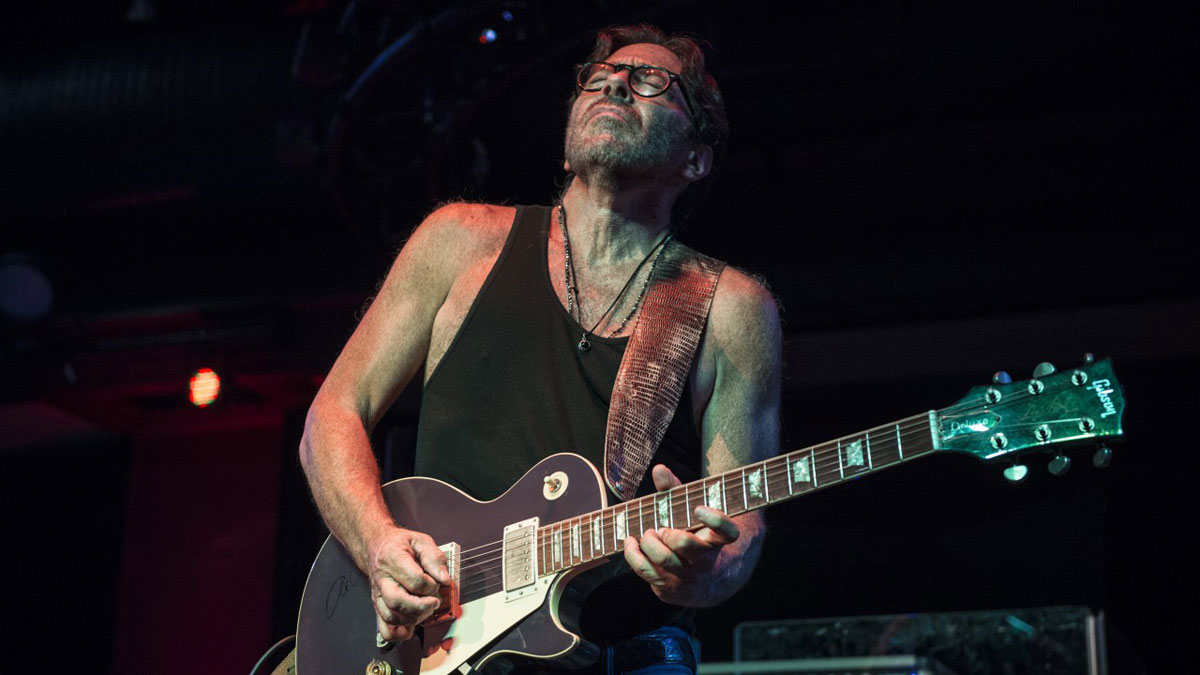
4. Good articulation involves your whole body
“Timing, rhythm is everything. You must be able to tap your foot in time when you’re playing.
You have to be able to keep your foot locked like a metronome while you play counterrhythms
“Because if you attempt to play any counter rhythms - which is basically controlled by your upper body - and it throws off your lower body where your foot resides, you’re in serious trouble.
“So you have to be able to keep your foot locked like a metronome while you play counterrhythms. So the lower part of your body and the upper part have to get in synch, because if you fall out of synch, it’s one of the worst things that can happen to a player.
“Because that separates the guys that fall into the lesser category of good articulation from the guys with better articulation, better rhythmic sense.”
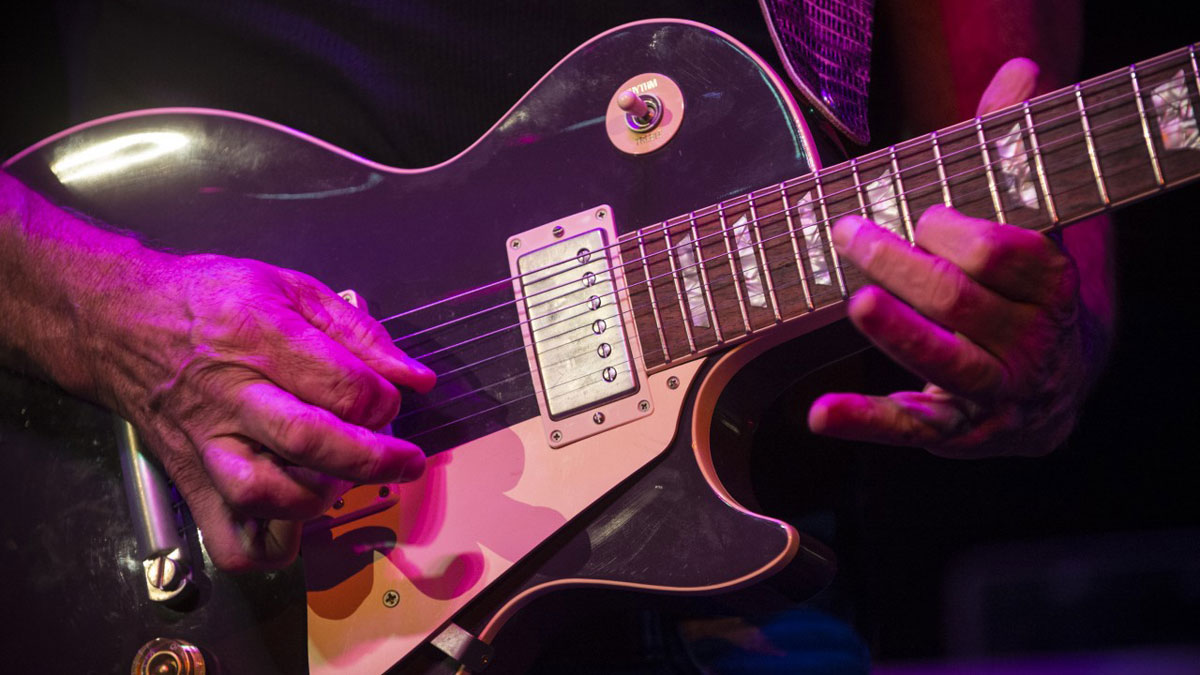
5. Use your pinkie
“Playing in Return To Forever was like the most wanted, desirable music job for a guitar player in the world at that time.
My ability to read music and play different scales and chords paid off a lot
“They weren’t just a band of great players jamming at a high level: they were playing at a high level but the compositions were just the coolest. Luckily, my ability to read music and play different scales and chords, from my early training and at Berklee [College Of Music], paid off a lot.
“Because it didn’t matter if I had the rock sensibility: there were plenty of rock players that they could have used but a lot of them couldn’t read music. And a lot of them couldn’t play scales - they could play guitar riffs using the first and the third finger.
“And a lot of those great players couldn’t play scales because they didn’t use their pinkie at all, ever, and very seldom the second finger. It was all based around pentatonic runs.”
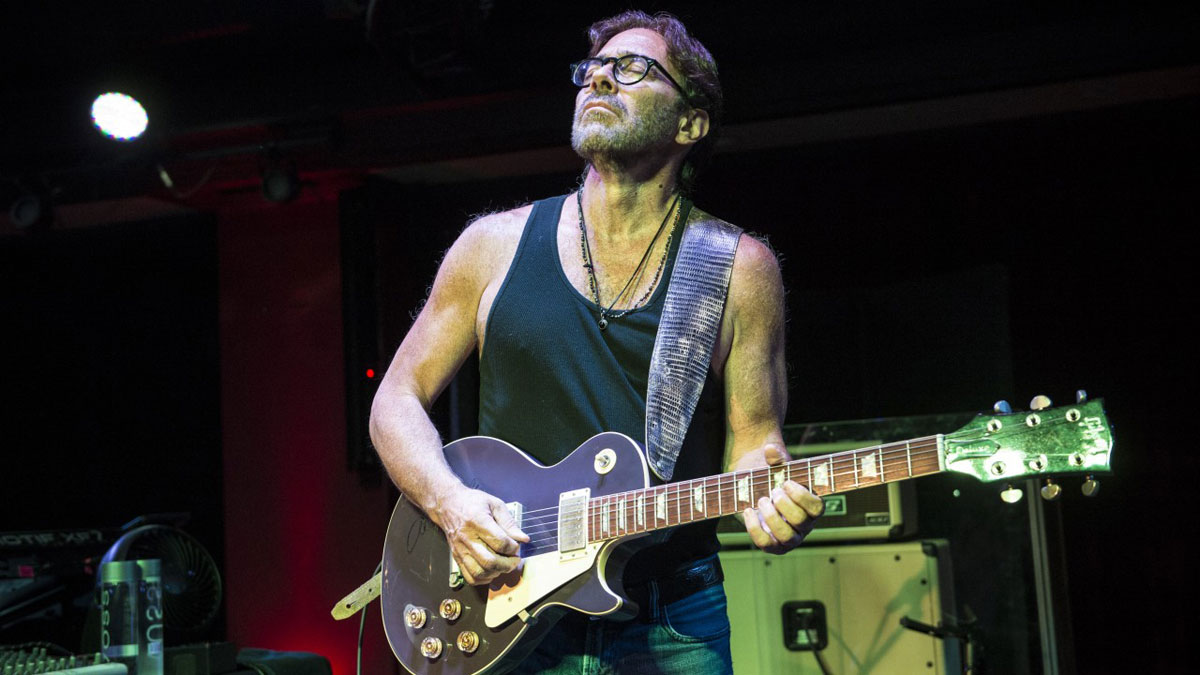
6. Chords unlock the neck
“Everything’s based around the chords. Once you get the basic scales down that pertain to the chord, you start playing around with ideas.
It’s really about how you apply the off-beats or the syncopation against the time signature
“What really varies even very simple scales in my world is the variation in skips that you can do with rhythms. With rhythms, you can take something that’s harmonically simple and make something very cool out of it.
“So it’s about sitting and playing, sitting there and experimenting: thinking of the chord, playing around with the scale of the chord but in my world it’s really about how you apply the off-beats or the syncopation against the time signature. Without that you don’t have much variety. That’s most of it in a nutshell.”
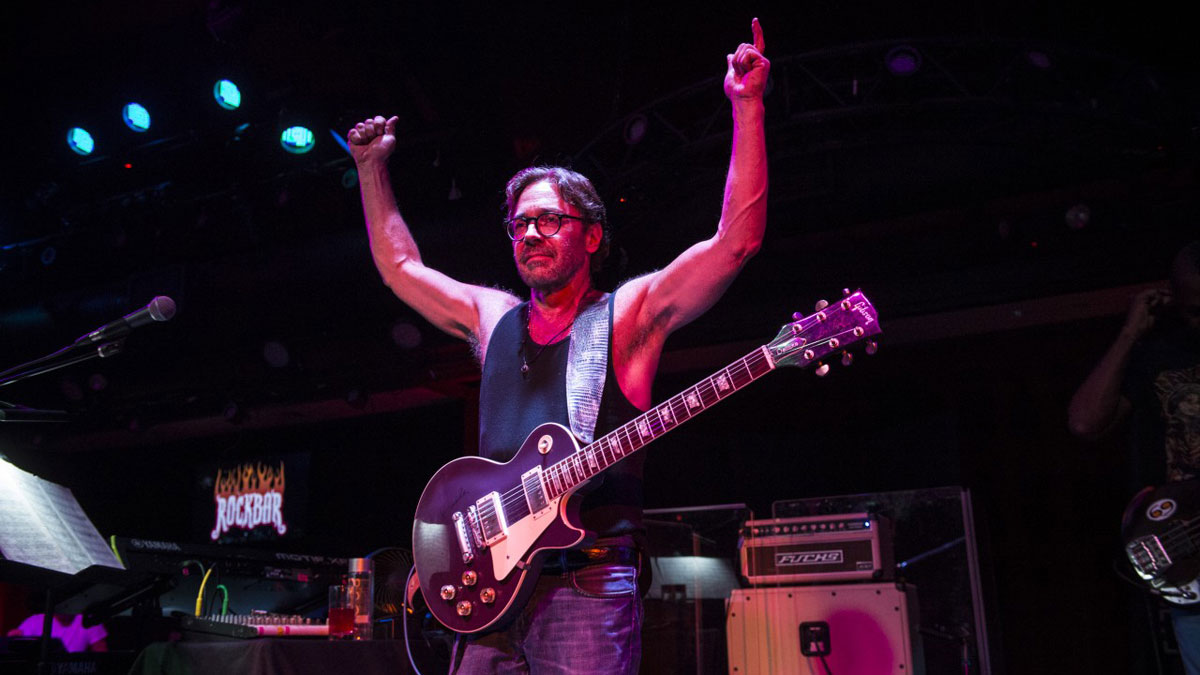
7. Les Pauls have something unique
“I played my Les Paul Custom on this album again because hopefully it draws the listener back into a sound reminiscent of my earlier records that were really the most successful records in the 70s. And I didn’t plan on this record having that sound, which is why there’s no bass on the record, hardly.
I had gotten turned on to the Les Paul again by Sean Haines who was a tech for me back in the 80s
“It was supposed to be purely acoustic but I had gotten turned on to the Les Paul again by Sean Haines who was a tech for me back in the 80s. He had made this amazing pedalboard that he showed me and he happened to be playing his own Les Paul through that system.
“I was completely blown away, so I started to play some of the new music I was writing and I loved the way it sounded. I said, ‘Man this brings me back to that original vibe that I had - I feel that I’m going home again.’ But the music was more sophisticated.”
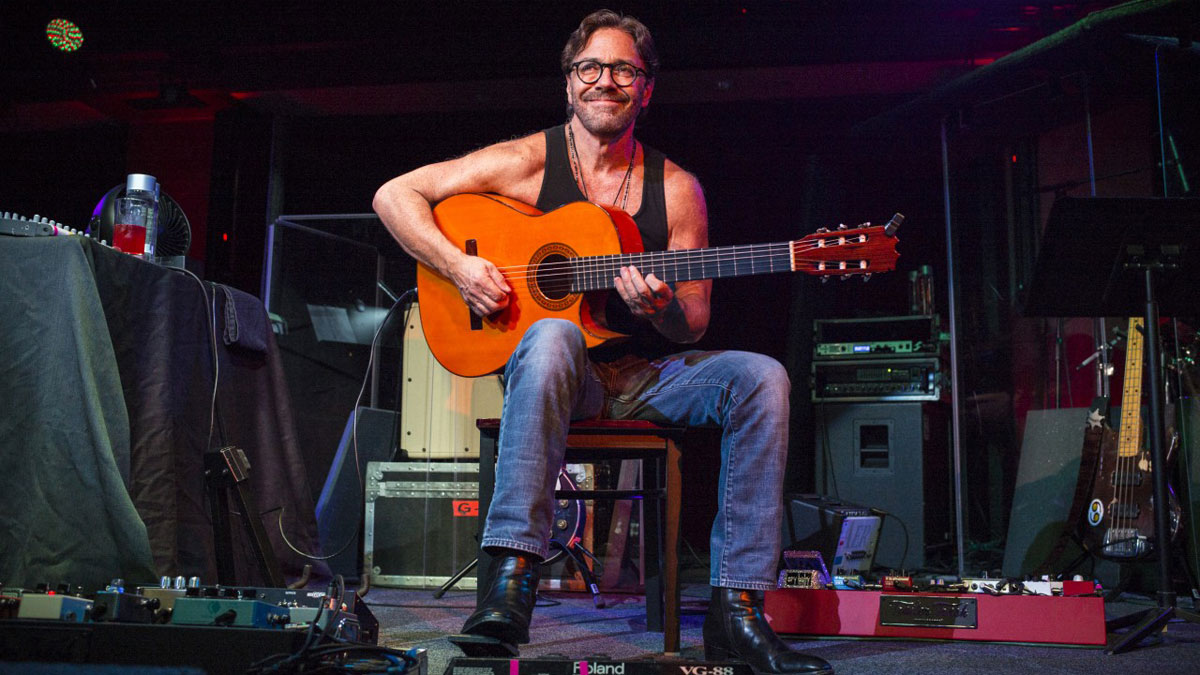
8. Keep an open mind about effects
“I was so anti-pedalboard up until just recently. In the beginning I never used pedalboards. I thought that by using any of that stuff you’re going to lose some punch, and my whole sound was based on that whole attack and punch.
For most of the new record I went straight into the amp, but for certain parts I used the pedalboard
“Every time you added in an effects unit, you’d lose some of that. I have used pedalboards live because you didn’t notice so much getting lost, but in the studio, I would notice it more. But recently I’ve changed my mind; I have a big pedalboard now that was designed by Sean Haines.
“The day that he brought his own pedalboard over it transformed my whole thought process on how to make this record and how to include electric again.
“For most of the new record I went straight into the amp, but for certain parts I used the pedalboard. The amp happened to be a Fuchs [Overdrive Supreme 100-watt head and 212 cabinet] for both the clean and dirty tones.”

9. Define your sound
“For so many years I just totally forgot what it was about a Les Paul. Then Gibson got in touch with me and said, ‘We gotta get you back playing a Gibson,’ and I said, ‘Yeah, yeah...’ Because Paul Reed Smith is a good friend of mine and I support PRS. But they said, ‘No, you have to get back to your sound.’ And it kept echoing in my head.
The Les Paul had more of an aggressive sound that was more reminiscent of my earlier records
“My sound - does it really matter that much? And it was right at the time that Sean Haines had come over with his Les Paul. And I said, ‘You know, maybe it does matter.’
“So I started to do a more serious A/B between the PRS and a Les Paul and the difference was that the Les Paul had more of an aggressive sound that was a little bit more reminiscent of my earlier records.
“So I kind of started to agree with them on that. I still like the PRS, though: it has a very creamy, really clear sustain sound. It’s definitely different.”
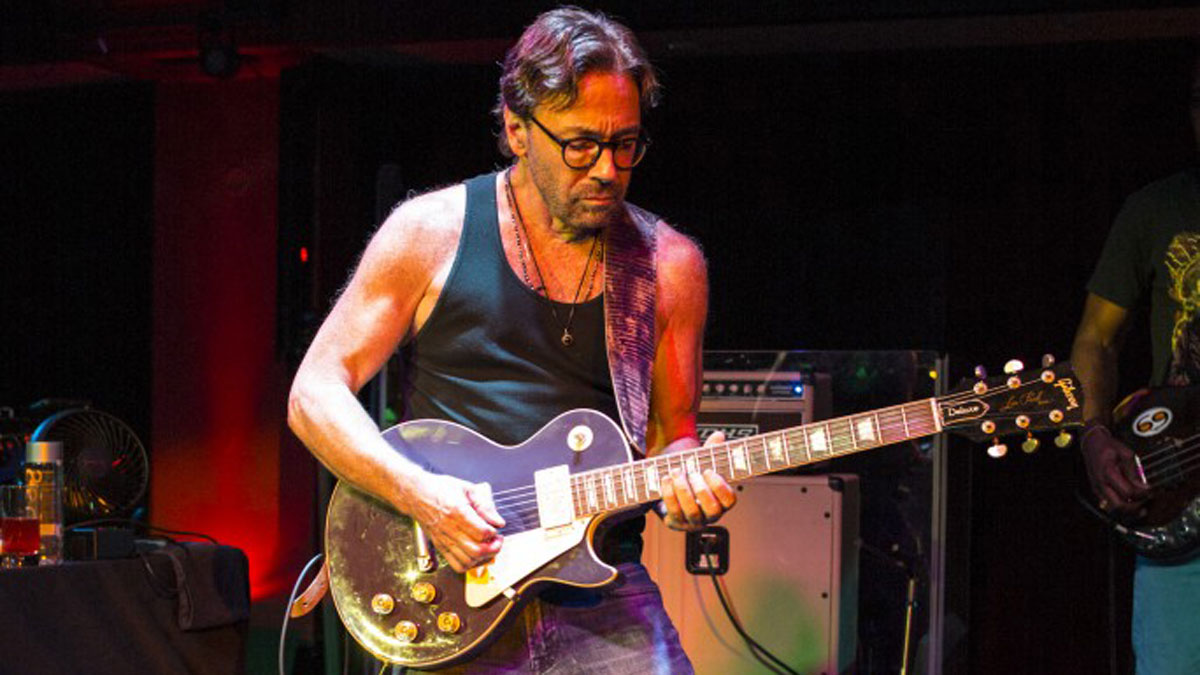
10. Recognise your roots
“When it came out on Facebook that I was using the Les Paul again it got an unbelievable response and then it started to come together that this is what people want.
People want to be reminded about that early period - and that sound that they know me for
“They want to be reminded about that early period - and that sound that they know me for from the early years. And so hopefully the new album brings that thing that they loved from the early records but combined with the new direction of my composing and where I’m at in 2015.”
Al Di Meola’s latest album, Elysium, is available now on Inakustic Records. For more information about the album, visit Al’s website www.aldimeola.com
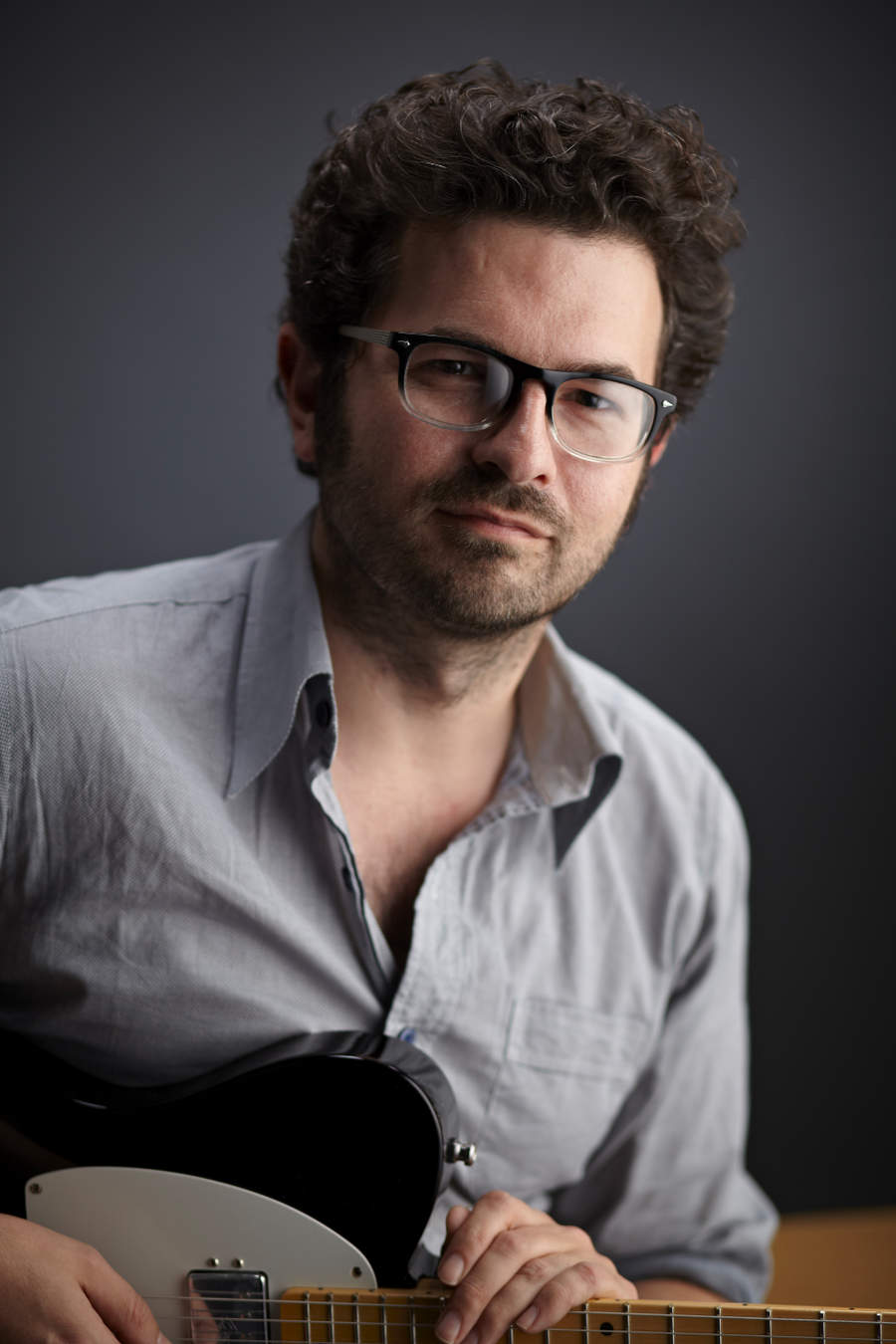
Jamie Dickson is Editor-in-Chief of Guitarist magazine, Britain's best-selling and longest-running monthly for guitar players. He started his career at the Daily Telegraph in London, where his first assignment was interviewing blue-eyed soul legend Robert Palmer, going on to become a full-time author on music, writing for benchmark references such as 1001 Albums You Must Hear Before You Die and Dorling Kindersley's How To Play Guitar Step By Step. He joined Guitarist in 2011 and since then it has been his privilege to interview everyone from B.B. King to St. Vincent for Guitarist's readers, while sharing insights into scores of historic guitars, from Rory Gallagher's '61 Strat to the first Martin D-28 ever made.

